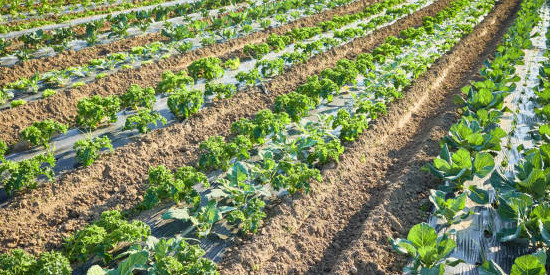I grew up on a farm in the Willamette Valley in Oregon and many of our local neighbors had gardens. I honestly cannot remember that any of them grew kale in those gardens! Do you like to eat kale? I had never tasted it until I was in my twenties. Kale is much like wild cabbage. It originated in the eastern Mediterranean and has a history that goes back well before 2,000 BC. Hard-headed cabbage was recorded in Europe in the 14th century. Loose leaf kale was regarded as not as good as cabbage by many Europeans. Sometime in the 19th century Russian traders brought kale to Canada and it made its way South into the United States. Croatians grew kale rather extensively as food because it was easy to grow and cost little to produce. In the United states kale was nor a popular vegetable until well into the Twentieth Century and until then was used mostly for decorative purposes on festive tables and in displays.
KALE AS HUMAN FOOD
Kale was never used extensively as an animal feed as was alfalfa. Kale for a long time was regarded as food for those of a lower income. It was not really grown commercially in the United States until it became more popular in the 1990s as a health food. Kale had been grown as a staple food in the United Kingdom during WWII as a part of the “Dig For Victory” campaign which had been similar to the “Victory Gardens” in the US. The most common types of kale available in grocery stores in the US today are curly kale and baby kale. Baby kale has a much more tender leaf and thus finds its way more often into salads and as a fresh veggie.
Kale can be used in many ways as a nutritious side-dish. It can be steamed, stir-fried, boiled, sauteed, or baked. Kale is often added to soups and stews because it has strong leaves that stay firm when boiled. Kale chips are becoming increasingly popular as a substitute for potato chips. When using curly kale the stiff center stalk should be cut out before cooking. Kale is often seen as an ingredient in Asian stir-fries. In Germany, Kale is a staple and is often served mixed with bacon and sausage. Kale is definitely a vegetable that one either likes or dislikes! It has a rather strong taste that many see as “earthy” with a bit of bitterness.
KALE HAS BECOME POPULAR FOR ITS NUTRITION
Because Kale is a rich source of many vitamins and minerals it has become increasingly popular in the United States. It yields its highest nutrient values when eaten raw but many prefer to cook and flavor it with spices. Kale has over 3 times the Daily Value of vitamin K. It is very rich in vitamins A, C, E, and B6. It is a solid source of thiamin, riboflavin, pantothenic acid, iron, calcium, magnesium, potassium and phosphorus. Kale is a wonderful source of a number of phytochemicals or phytonutrients. Kale is appearing regularly in newer supplement formulations.
I may earn a commission on products purchased on this website.
Please leave me any comments or questions.

Kale has been one of those greens that we don’t think about so we don’t eat it. There really is not reason why we don’t buy kale other than maybe habit. Your article has informed us about the value of Kale as well as suggesting several uses. We are soup makers. It sounds like Kale will be a good addition to our soup. I wonder how it would be in a salad. We sometimes used very finally shredded cabbage as a garnish. I think we’ll give Kale a try.
Best to use baby kale for your salads. Kale is a staple for several Asian stir-fry dishes.
Well, hello there. I think there must be lots of reasons that people don’t like eating kale. Some people find kale to be bitter or too earthy in flavour, especially when eaten raw. Kale can have a tough and fibrous texture, which can be unappealing to some individuals. besides all, you have mentioned and all I said, it is necessary to eat all types of vegetables and foods. I enjoyed reading your post. Thanks for sharing my dear friend.
Even though I know kale is really good for us, it has never been one of my favorites.